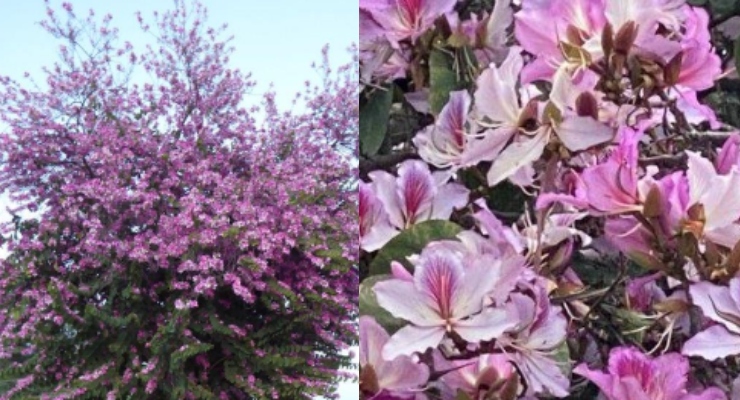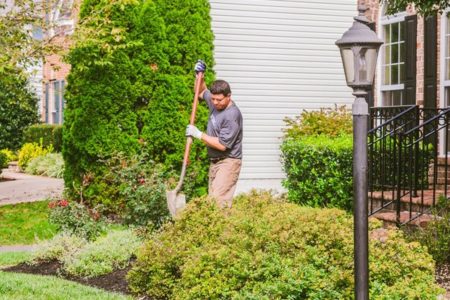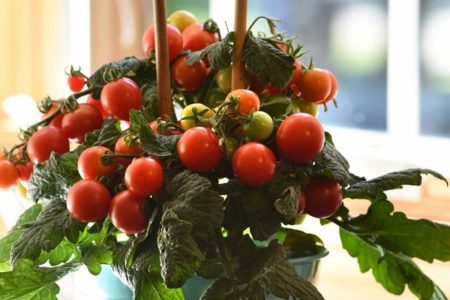
Editor’s Note: Each month, Pasadena Beautiful Tree Program Chair Emina Darakjy presents a ‘Tree of the Month’ in order to educate Pasadenans about the trees around them. Many people drive by trees they admire, but have no idea what they are called, or what their growing habits are. Pasadena Beautiful was founded in 1960 by a group of volunteers who saw a need to beautify their city and enhance its tree canopy.
The orchid tree is a member of the Fabaceae Family (legume), one of the largest known plant families. This tree is native to China and Hong Kong.
The orchid tree is a fast-growing small evergreen to semi-evergreen tree, reaching a height of 20 to 30 feet with an equal spread. Under optimum conditions, this impressive tree can grow to a height of 40 feet.
The genus name Bauhinia pays homage to 2 Swiss botanist brothers from the sixteenth century, Johann and Casper Bauhin, and the epithet name blakeana honors Sir Henry Blake, who was Governor of Hong Kong from 1898 to 1903.
The leaves are kidney-shaped, double-lobed, alternate and simple, blue-gray on the top and light green underneath. The trunk bark is gray and smooth.
In late spring to early summer, the tree is covered with clusters of dazzling fragrant flowers in a variety of colors from white to pink and purple. The flowers resemble cattleya orchids thus the tree’s non-botanical name. The flowers attract butterflies and bees, are very delicate, and fall off easily. The flowers are followed by flat and long seed pods that resemble beans.
The orchid tree performs better in full sun, but can tolerate light shade, prefers a well-drained soil and is considered drought-tolerant once established.
This tree is widely planted in Southern California because of the warmer weather and is rarely found in areas where freezing occurs.
The orchid tree can be grown as a multi-trunk when used in a park or in one’s garden, or trained as a single trunk when planted as a street tree. Damage to the sidewalks from its roots is very minimal. This tree does not require a lot of maintenance. If you need to do any pruning to shape the tree, do it after the blooms are gone.
Presently there are no known serious diseases or pests affecting this tree, however, aphids can be a problem.
When in bloom, the orchid tree is considered one of California’s showiest flowering trees and worthy of being planted.











